Exploring Africa’s animal kingdom is like diving into a vibrant tapestry of life, teeming with creatures that defy imagination. Beyond the iconic lions and elephants, the continent is home to a plethora of lesser-known species that are equally captivating. These are the animal superstars you’ve probably never heard of, but they’re sure to capture your curiosity and inspire your next wildlife adventure. Get ready to meet some of Africa’s most incredible, hidden gems that redefine the meaning of wild and wonderful.
1. The Secretive Aardvark
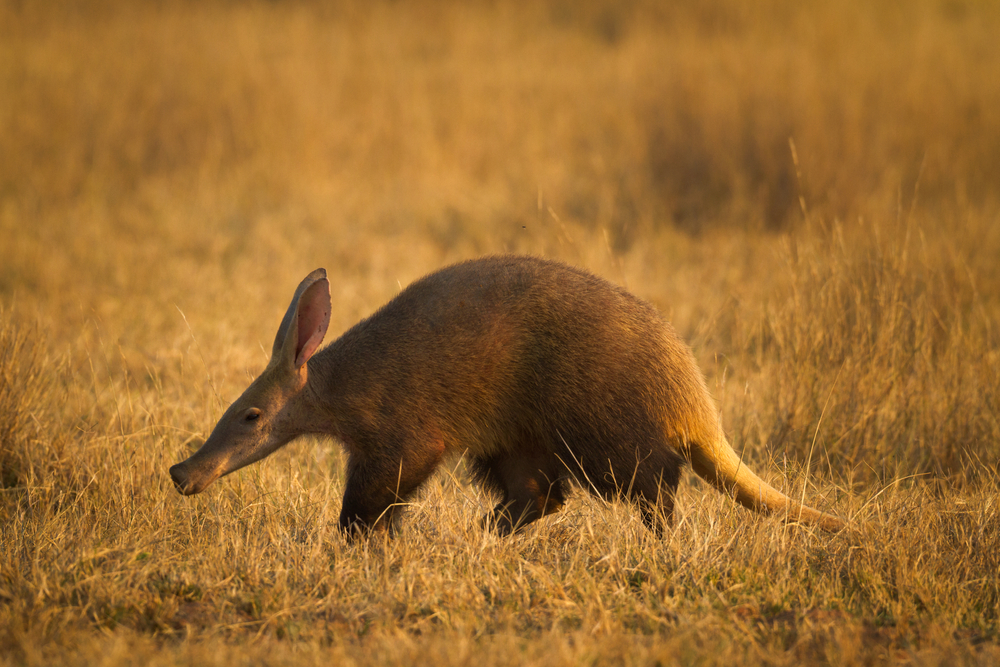
The aardvark is like Africa’s very own enigma, often heard of but seldom seen. Sporting a pig-like snout and kangaroo-like ears, this nocturnal creature is a digging dynamo, whipping up burrows with its powerful claws. It feeds mainly on ants and termites, using its long, sticky tongue to snatch up hundreds in one go. While it might not win any beauty contests, the aardvark’s quirky charm is undeniable. If you ever spot one, consider yourself lucky—these solitary roamers are masters of staying under the radar.
2. The Mysterious Okapi
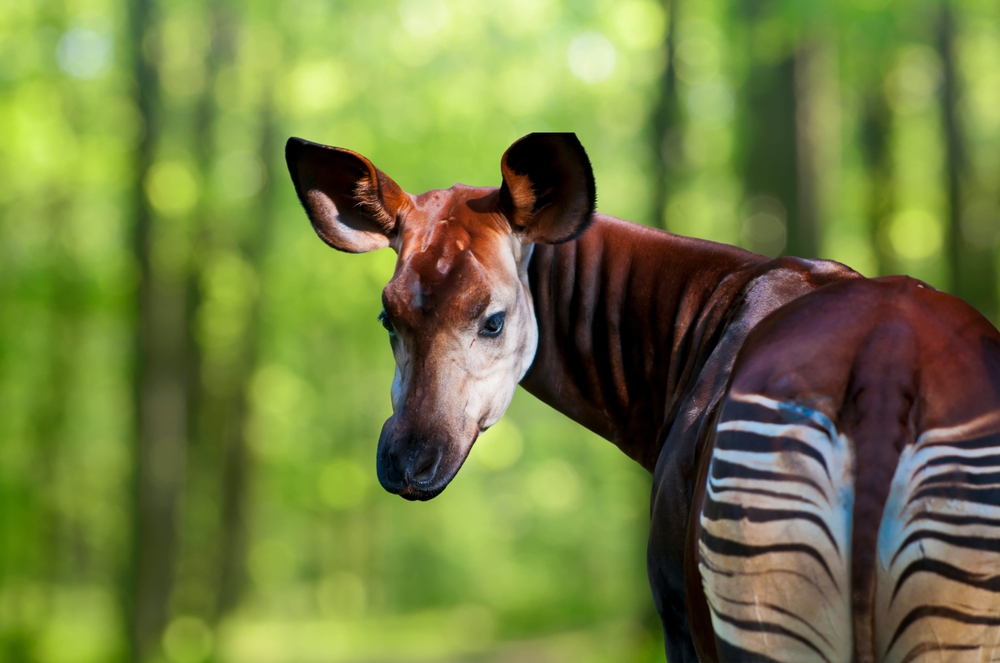
Imagine a creature that looks like a zebra at the back and a giraffe at the front, and you’ve got the okapi. Native to the dense rainforests of the Congo, this elusive animal is the only living relative of the giraffe, despite its zebra-like stripes. Its long, flexible tongue helps it pluck leaves from trees with ease while staying well-camouflaged from predators. A symbol of mystery and elegance, the okapi is like nature’s version of a unicorn, hiding in the shadows of Africa’s dense jungles.
3. The Colorful Lilac-breasted Roller
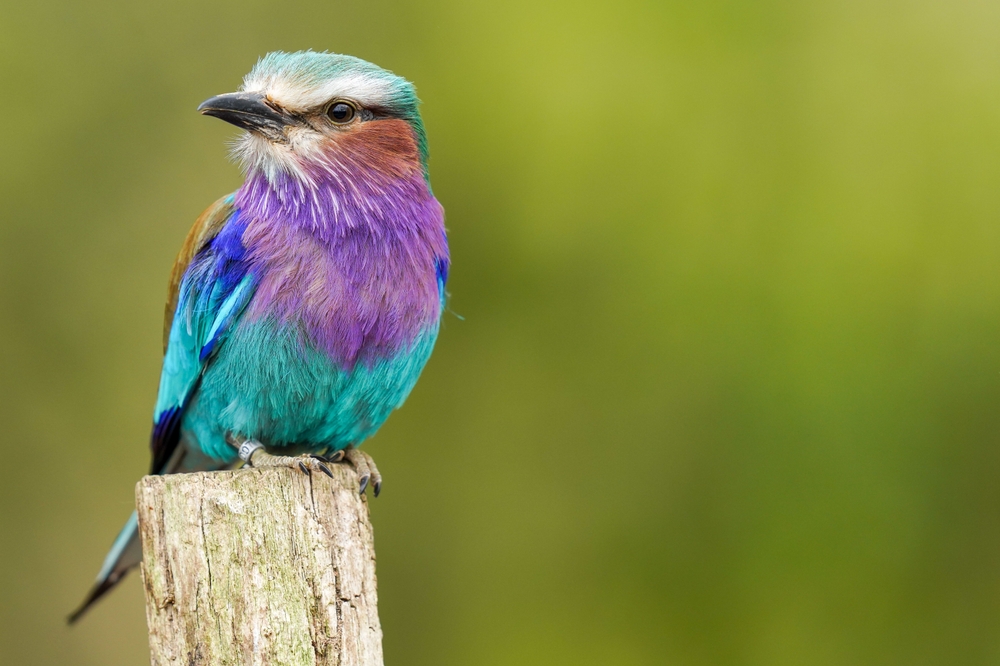
Bird watchers rejoice! The lilac-breasted roller is a feast for the eyes, flaunting a kaleidoscope of colors. Found perching high on acacia trees across sub-Saharan Africa, this bird is a picture-perfect embodiment of beauty. What makes it even more fascinating is its mating display, a dramatic aerial swoop that showcases its vibrant plumage. With a mix of blues, purples, and lilacs, the roller is more than just a pretty face—it’s a dynamic part of Africa’s avian tapestry, adding splashes of color wherever it flies.
4. The Crafty African Civet
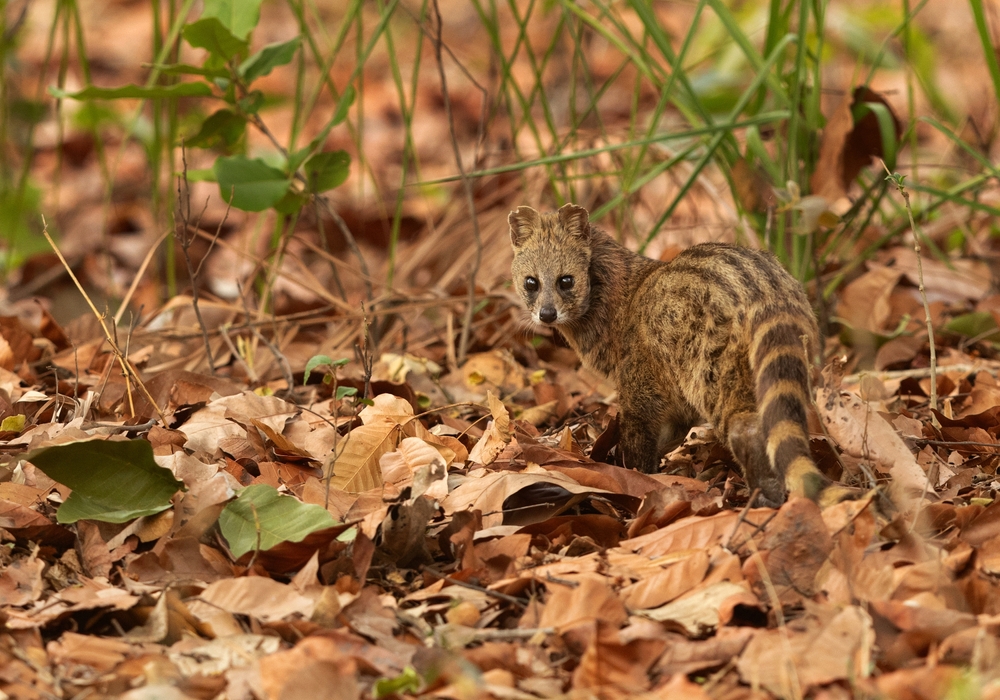
Meet the African civet—a nocturnal, cat-like creature with a raccoon mask and a coat of spots and stripes. More than just a pretty face, the civet is famous for its secret weapon: civet musk, a substance historically used in perfumes. Living a life of stealth, it prowls the savannah during the night, using its keen sense of smell and sharp instincts to hunt. Though it might stay out of the spotlight, the civet is an integral part of Africa’s diverse ecosystem, playing the role of both predator and prey.
5. The Tiny but Mighty Dung Beetle
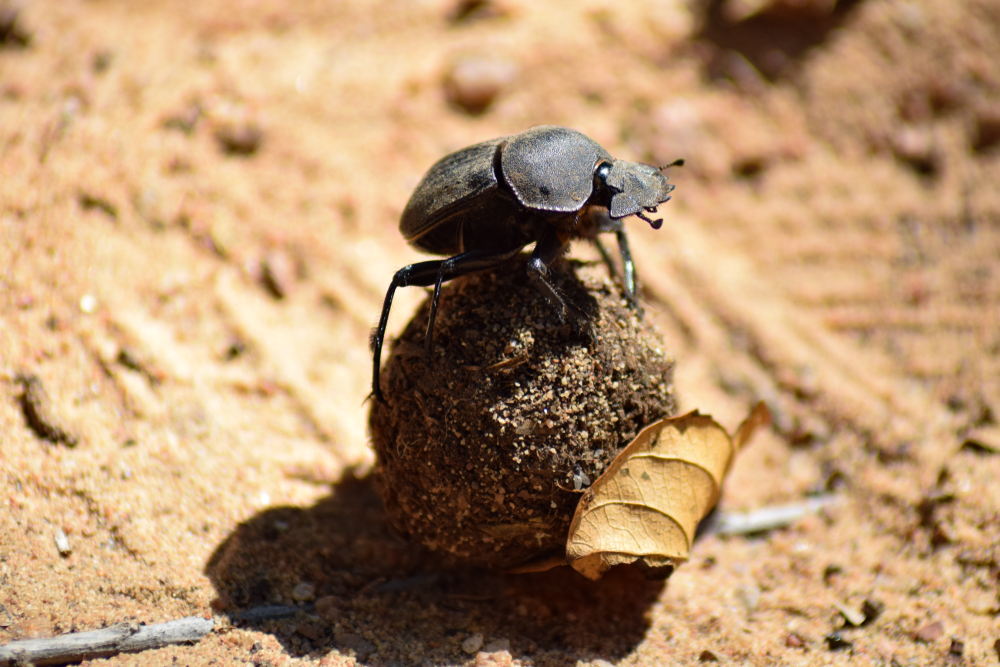
Never underestimate the power of a dung beetle. These tiny titans are nature’s recyclers, rolling dung balls that can be up to 50 times their weight. Found across Africa, they play a crucial role in maintaining the ecosystem by breaking down and burying animal waste, which enriches the soil. Their incredible strength and determination make them fascinating to watch, and their industrious nature teaches us that no task is too small. In the grand tapestry of life, the humble dung beetle proves that sometimes, the smallest creatures have the biggest impact.
6. The Inquisitive Meerkat
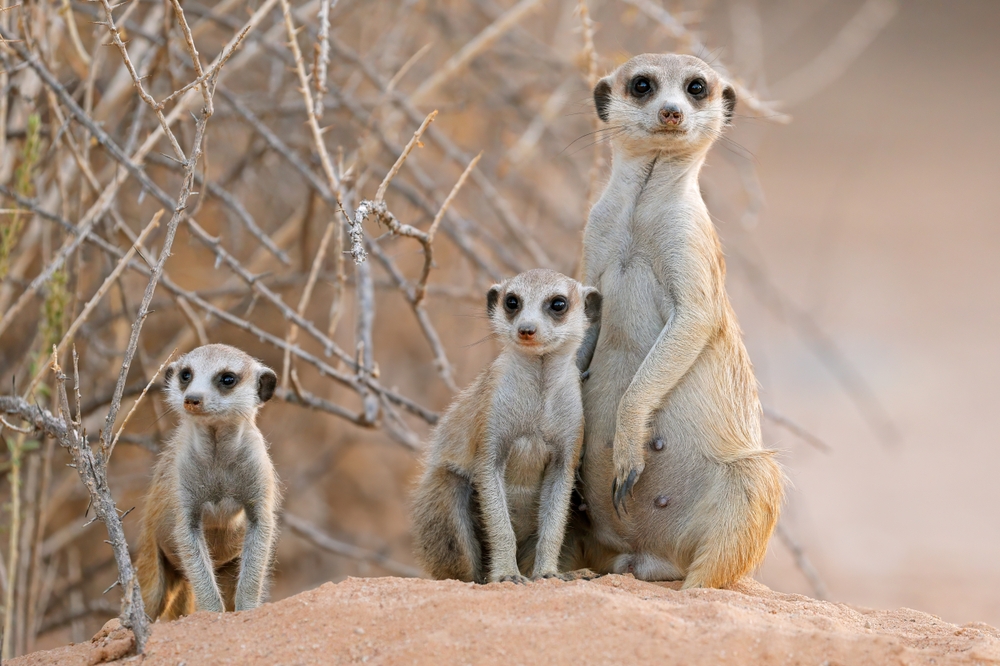
If you’ve ever watched a meerkat standing on its hind legs, you know they’re always on alert. Native to the southern African deserts, these social animals live in tight-knit family groups called mobs. With their adorable faces and curious nature, meerkats are experts at teamwork, taking turns to stand guard while others forage for food. They’re like nature’s tiny neighborhood watch, always ready to alert the group of potential danger. Despite their small size, meerkats pack a punch in the survival game, showcasing the power of cooperation and community.
7. The Peculiar Pangolin
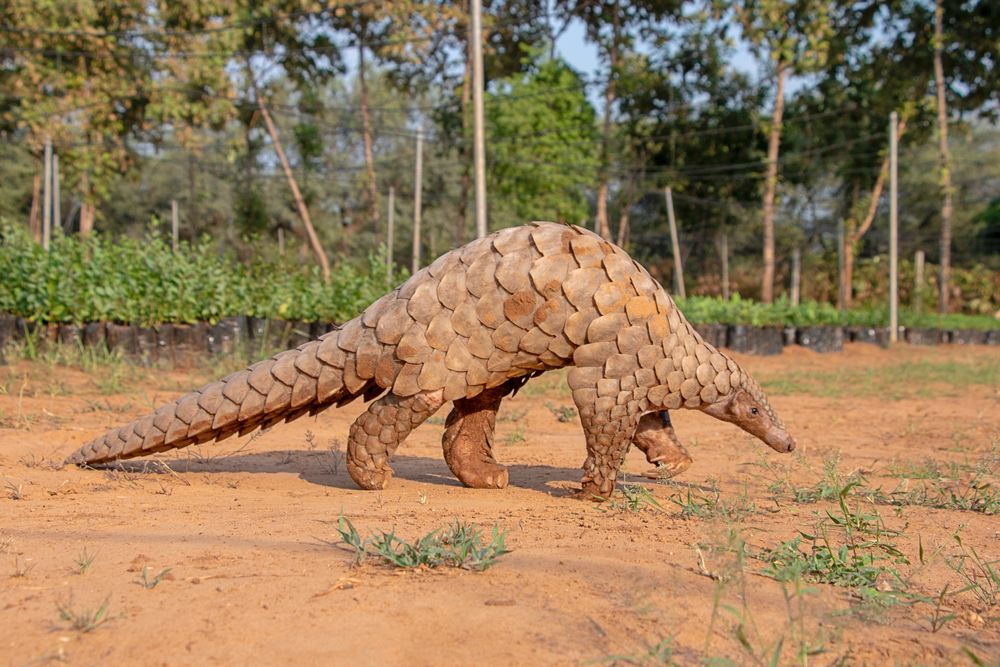
The pangolin is one of Africa’s most bizarre and fascinating creatures, often mistaken for a reptile but actually a mammal. Covered in tough, overlapping scales, it resembles a walking pinecone. These nocturnal foragers use their long, sticky tongues to feast on ants and termites. Sadly, pangolins are critically endangered due to illegal wildlife trade, but conservation efforts are underway to protect these unique animals. Their vulnerability highlights the need for greater awareness and action to preserve Africa’s lesser-known but equally important wildlife treasures.
8. The Agile Klipspringer
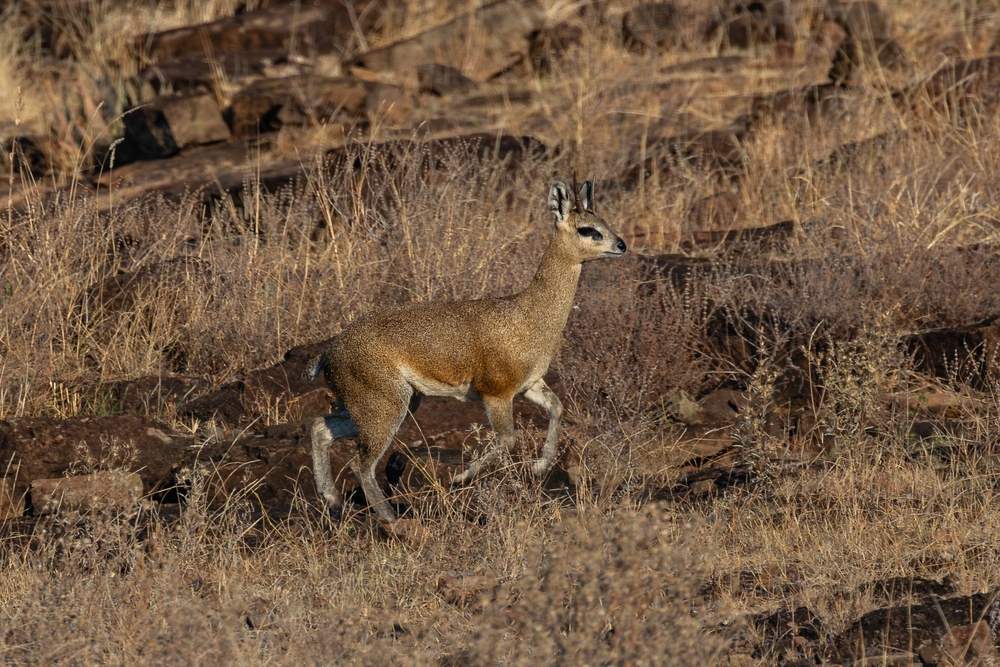
The klipspringer is a small antelope with a knack for scaling rocky terrains. Its name means “rock jumper,” and it lives up to the title with its nimble, sure-footed leaps. Native to Africa’s mountainous regions, this antelope has specially adapted hooves that act like rubber pads, allowing it to grip onto sheer surfaces with ease. Always found in pairs, klipspringers are a testament to the power of partnership, navigating life’s rocky paths together. Their graceful movements and steadfast companionship make them one of Africa’s most endearing mountain dwellers.
9. The Elusive Fossa

While not technically from mainland Africa, the fossa is Madagascar’s apex predator and deserves a spot on this list. Resembling a cross between a cat and a mongoose, this sleek carnivore is an expert hunter. Its arboreal skills are unmatched, allowing it to chase prey through the treetops with agility and precision. The fossa’s unique adaptations make it a master of Madagascar’s diverse ecosystems, from lush rainforests to dry deciduous forests. Though often overshadowed by Madagascar’s famous lemurs, the fossa is a fascinating predator with a mysterious allure.
10. The Endearing Naked Mole-Rat
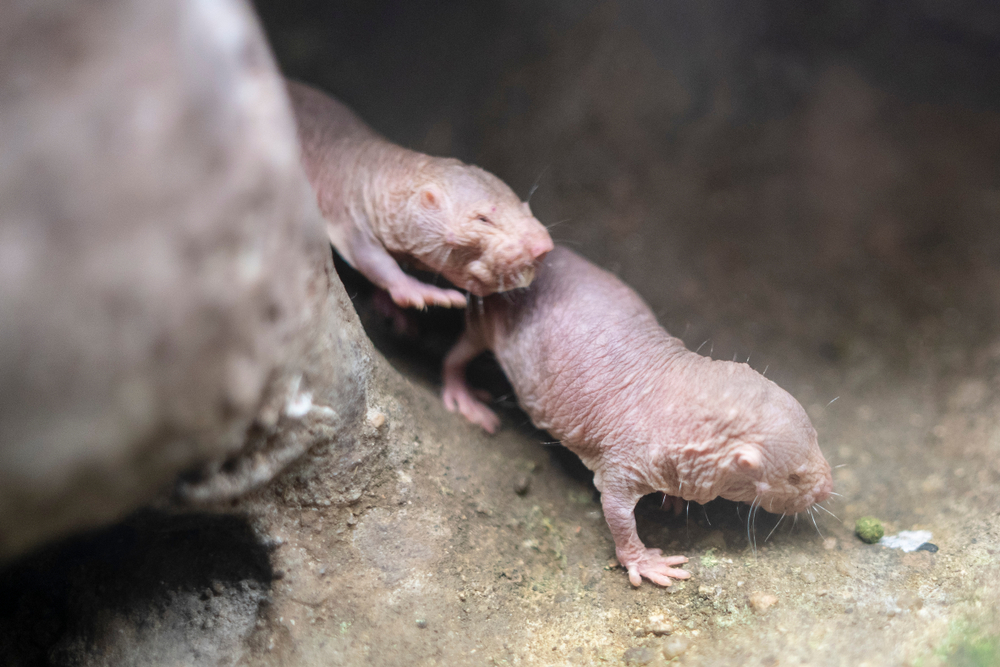
The naked mole-rat might not win any beauty pageants, but what it lacks in looks, it makes up for in uniqueness. Found in East Africa, these hairless rodents live in eusocial colonies, much like bees and ants. They have a queen, soldiers, and workers, making them one of the most organized societies in the animal kingdom. With an impressive resistance to cancer and the ability to survive without oxygen for extended periods, naked mole-rats are biological marvels. Their unusual lifestyle and resilience make them a subject of endless scientific fascination.
11. The Eye-catching Greater Kudu
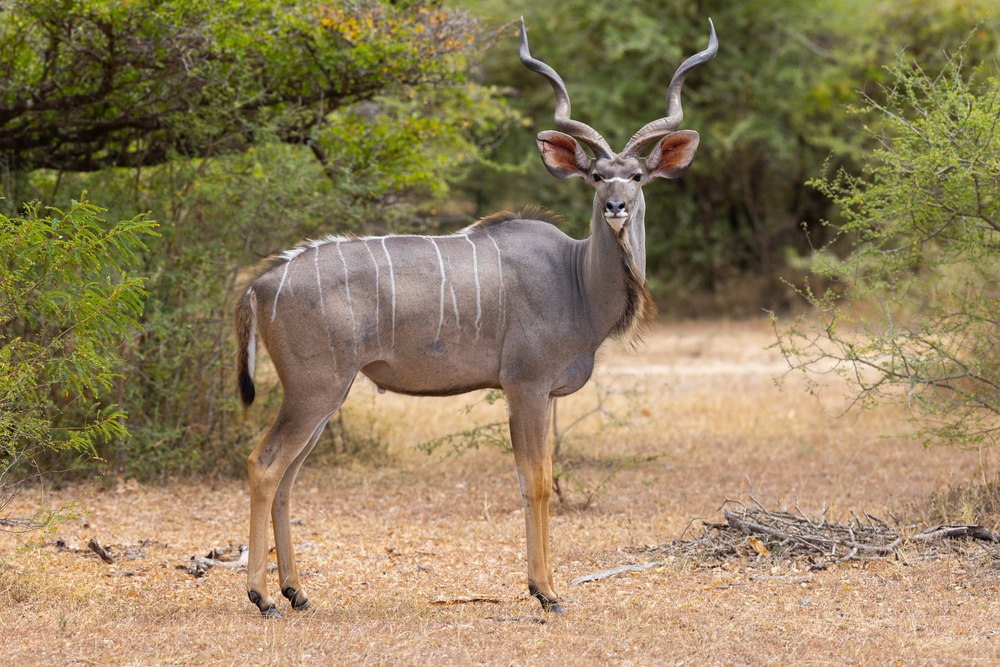
If you’re looking for elegance, meet the greater kudu, an antelope with majestic spiral horns that can reach six feet long. Found in eastern and southern Africa, kudus are a vision of grace, blending seamlessly into their woodland habitats with their vertical white stripes. Despite their size, they are incredibly elusive, often spotted gracefully leaping through dense shrubbery. Their impressive horns and gentle demeanor make them a symbol of the wild’s quiet beauty, captivating those lucky enough to catch a glimpse of these magnificent creatures in their natural element.
12. The Unusual Shoebill
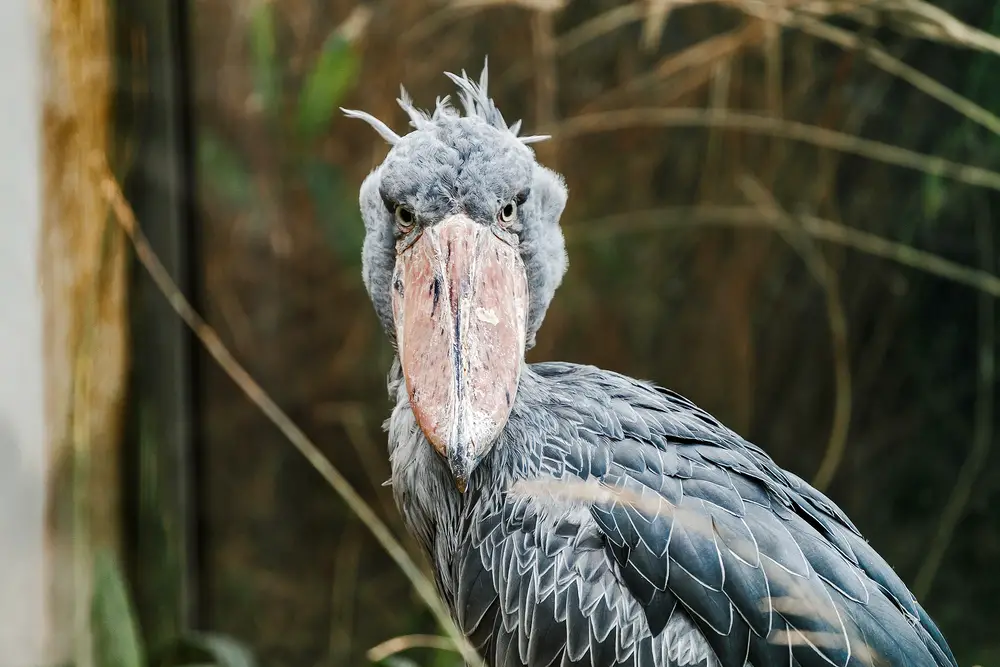
The shoebill is a bird unlike any other, with its prehistoric looks and a bill that resembles a Dutch clog. Native to the swamps of central Africa, this giant stork-like bird is a patient hunter, standing motionless for hours before striking its prey with deadly precision. Its intimidating appearance contrasts with its calm and solitary nature. Spotting a shoebill is like stepping into a time machine, offering a glimpse into a world where dinosaurs once roamed. With their unique charm, shoebills remind us of the endless wonders of Africa’s diverse wildlife.
13. The Swift Cheetah
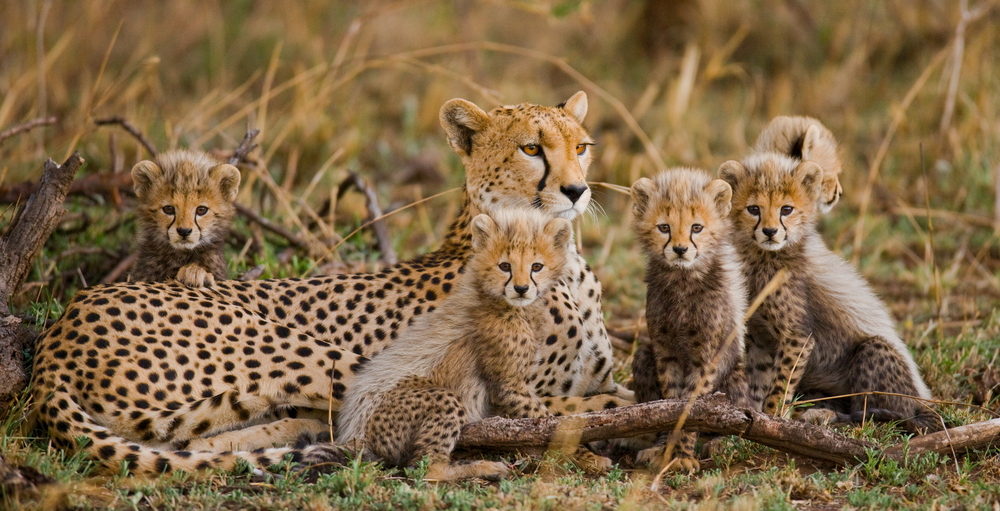
While the cheetah is more well-known than others on this list, its remarkable speed and elegance make it worth mentioning. Capable of reaching speeds up to 70 mph, this big cat is the fastest land animal on earth. Its slender, aerodynamic body and large nasal passages facilitate intense speed chases, primarily targeting gazelles and impalas. Despite their prowess, cheetahs face numerous threats from habitat loss and competition with larger predators. Conservation efforts aim to ensure future generations can witness the breathtaking sight of a cheetah in full stride across the African plains.
14. The Comical Warthog
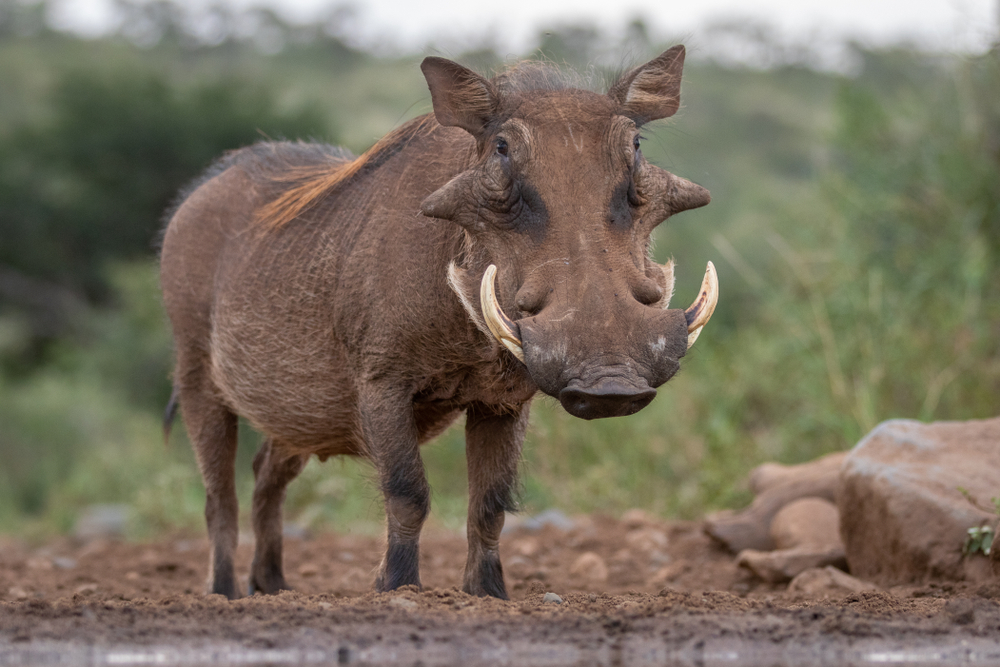
With its tusks and warty face, the warthog might not be the belle of the savannah, but it’s certainly entertaining. These pigs are adaptable survivors, capable of living in various habitats across Africa. Their tufted tails and peculiar habit of running with tails held high add to their comic appeal. Despite their comical appearance, warthogs are tough cookies, using their strong tusks for digging and defense. Living in family groups called sounders, they embody the spirit of resilience, proving that sometimes, it’s the quirkiest creatures that steal the show.
15. The Playful Banded Mongoose
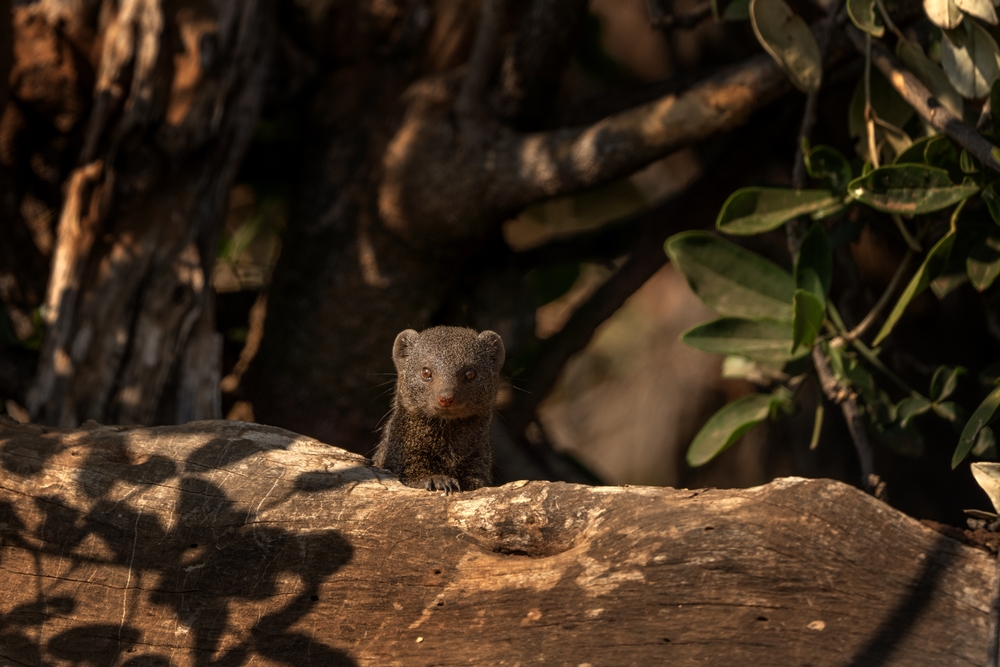
Last but not least, the banded mongoose is a social butterfly of the animal world. Found in grasslands and woodlands across Africa, these small carnivores live in large groups, often incorporating other species into their families. They are chatterboxes, communicating through an array of sounds and movements. Known for their playful nature, banded mongooses are not just surviving but thriving, using their social bonds to navigate the challenges of the wild. With their cheerful demeanor and teamwork, these sociable animals are a testament to the power of community in the animal kingdom.
